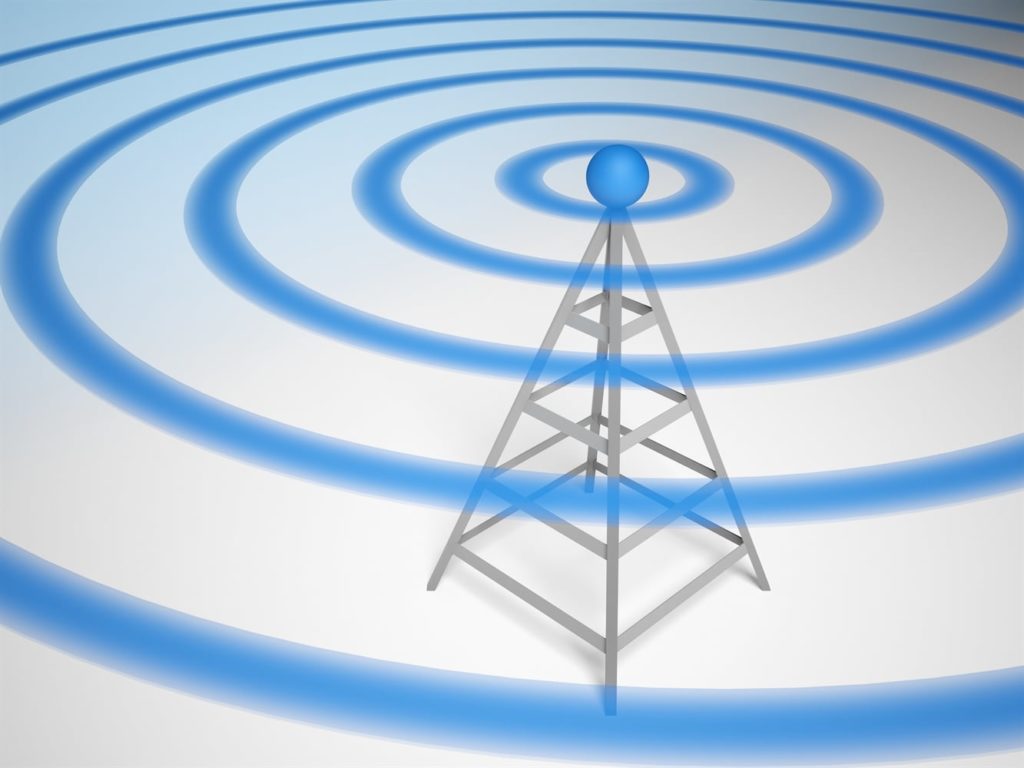Don’t have a filter? Try the projection technique.
Radio telescope kit
For Space Weather Enthusiasts
“D” region Prediction
With a broad range of user groups that range from the aviation community, to satellite programs, to general enthusiasts like pigeon racers and aurora watchers, SWPC’s web page offers each of these user groups a dashboard specific to the data sets and information that affects them.
The electric power grid, and consequently the power to your home and business, can be disrupted by space weather. One of the great discoveries of the 19th century was the realization that a time-varying magnetic field is able to produce an electrical current in a conducting wire. The basic idea is that the time rate of change of the magnetic flux (i.e. lines of magnetic force) passing through a current loop is proportional to the current that
20 June 24 Solar Flare Alert
Space Weather Impacts On Climate
xxxxxxxxxxxxxxxxxxxxxx space weather.com xxxxxxxxxxxxxxxxxxxxx
GEOMAGNETIC STORM WATCH (G1): Two and possibly three faint CMEs are heading for Earth following a series of eruptions from sunspots AR3743, AR3753, and AR3744 on July 16-17. Their collective impact on July 20-21 could cause a minor G1-class geomagnetic storm. Aurora alerts: SMS Text
A PLASMA BRIDGE TO THE MOON: Yesterday, Argentine astronomer Eduardo Schaberger Poupeau was photographing the sun when one of the biggest prominences in years leaped into space. “As I watched, the plasma fountain kept growing and reached an impressive height of more than 380,000 km, more than the distance between Earth and the Moon!” he says.
xxxxxxxxxxxxxxxxxxxxxxxxxxxxxxxxxxxxxxxxxxxxxxxxxxxxxxxxxxxxxxxxxxxxxx
What is a polar vortex?
Recommended: Amy Butler writes a great Polar Vortex Blog for NOAA. Check it out!
POLAR VORTEX
THE POLAR VORTEX WOBBLED IN DECEMBER: Last month, sky watchers in Europe saw something rare and beautiful. A giant bank of polar stratospheric clouds (PSCs) escaped the Arctic Circle, and for more than a week they filled skies with rainbow color as far south as Italy. In the Italian comune of Sanfrè (latitude +45N), Pablo Javier Lucero was able to photograph the clouds at all hours of the day:
https://www.nasa.gov/feature/goddard/2016/nasa-s-van-allen-probes-reveal-long-term-behavior-of-earth-s-ring-current
Van Allen Probe observationshttps://www.nasa.gov/feature/goddard/2019/ten-highlights-from-nasa-s-van-allen-probes-mission
lacy network of halos and arcs:
Earth sails the solar system in a ship of its own making: the mhttps://www.nasa.gov/feature/goddard/2021/themis-researchers-find-standing-waves-at-edge-of-earth-magnetic-bubbleagnetosphere,
So you think you know what a comet is
https://spaceweathergallery.com/aurora_gallery.html
Potentially Hazardous Asteroids (PHAs) are space rocks larger than approximately 100m that can come closer to Earth than 0.05 AU. None of the known PHAs is on a collision course with our planet, although astronomers are finding new ones all the time.
https://spaceweather.com/images2023/06dec23/sigmoid_strip_opt.gif
NOAA 27 DAY FORECAST
